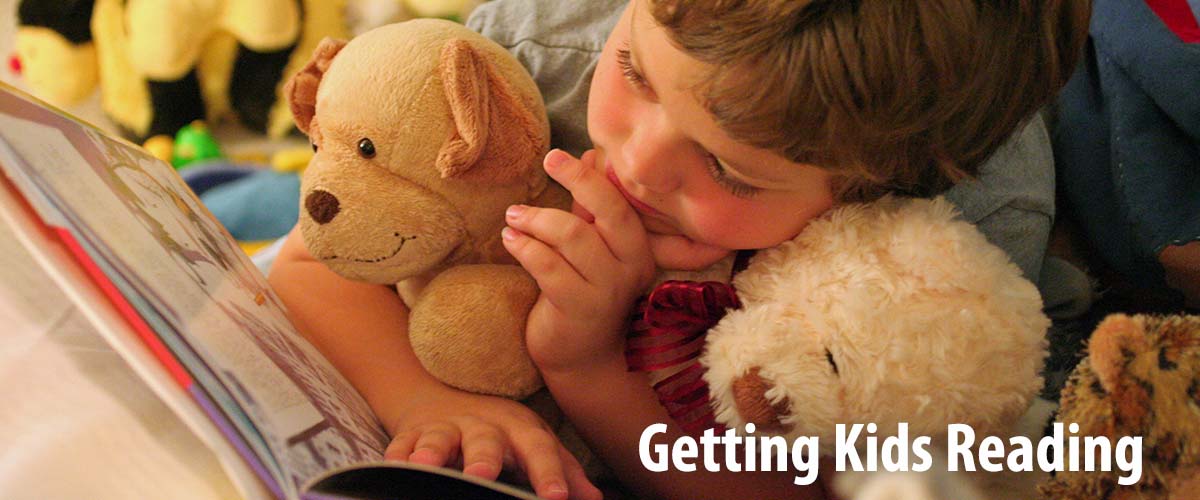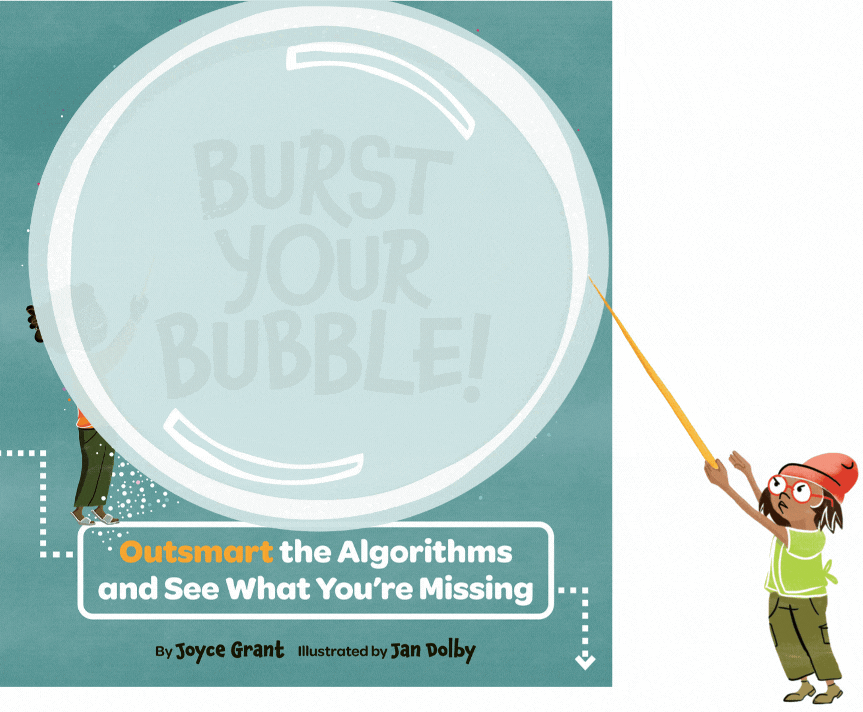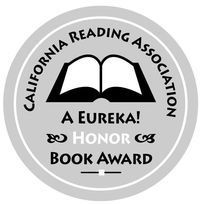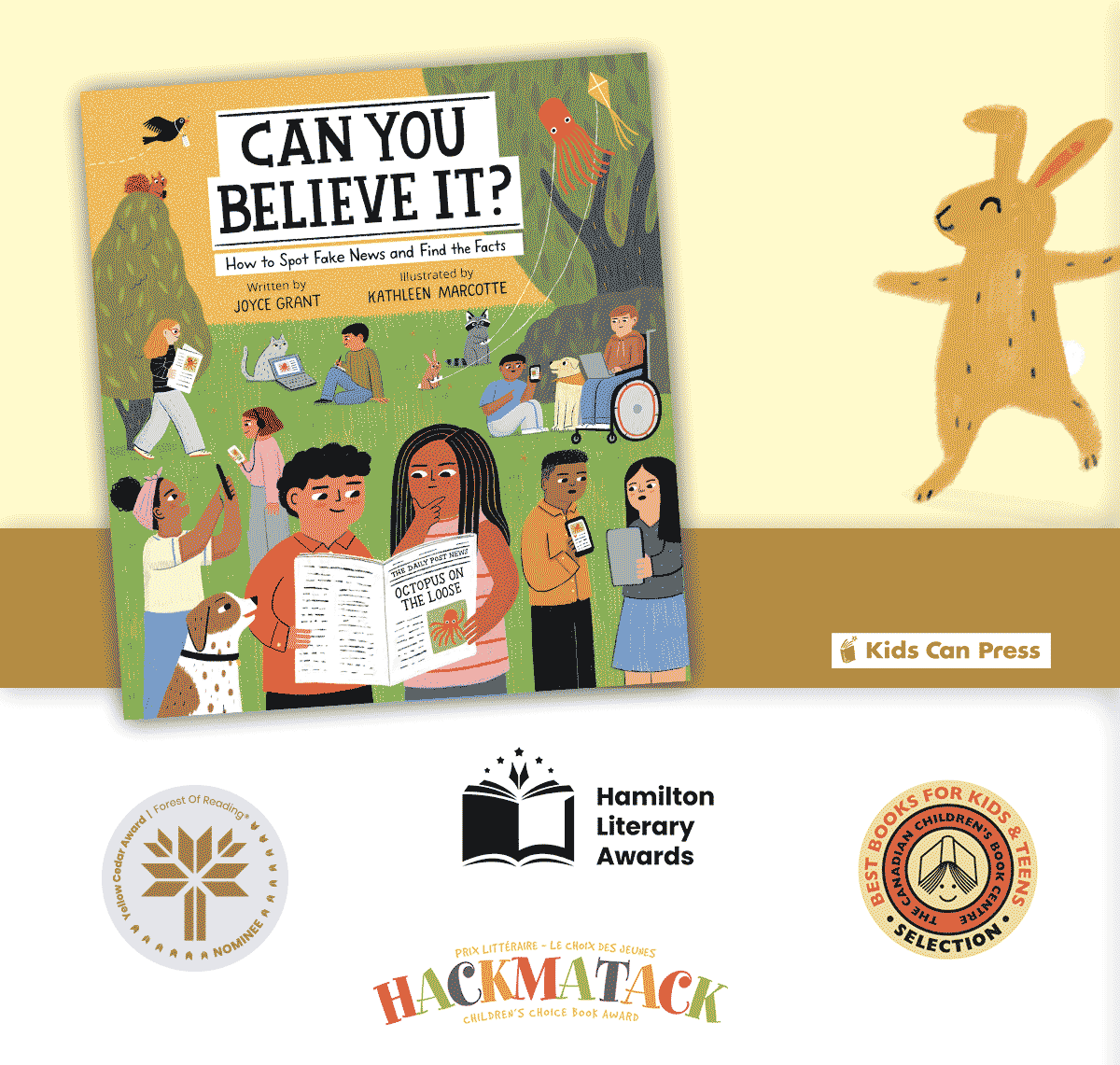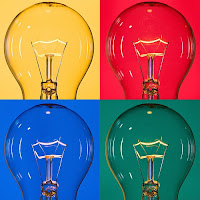 As kids learn to read it becomes, quite literally, easier for them.
As kids learn to read it becomes, quite literally, easier for them.
Younger children exert more effort and have to activate more of their brain. As children get older, and read better, they can use less effort, and less of their brain’s real estate, to understand what they’re reading.
To decipher letters and words, the beginning reader has to use a large amount of cortical space in the visual areas of both sides of the brain. They use a slower, less efficient pathway (the “dorsal route”) to decipher parts of words.
As kids get better at reading, the brain uses a more efficient route (the “ventral” or “lower route”) in its left hemisphere.
“Once we know a word well, we no longer need to analyze it in a labour-intensive way,” writes author Maryanne Wolf in Proust and the Squid, The Story and Science of the Reading Brain.
As kids get better at reading, the decoding process becomes more automatic, and the brain can concentrate on higher reading functions like comprehension.
Why do we need to know this?
So we can assure our kids, “It gets easier.”
‘Cause it literally does.
So it’s kind of like exercise. When you’re out of shape and you need exercise the most, it’s the hardest – you’re pushing all that extra weight, your muscles are flabby. When you’re in shape, your metabolism is working better and your muscles are strong and exercising’s easier.
All of this scientific-brain-information was taken from Proust and the Squid, by Maryanne Wolf. Once again, I have read and processed the hard stuff so you don’t have to. No, no, your coming here is payment enough.
Photo by zetson.
